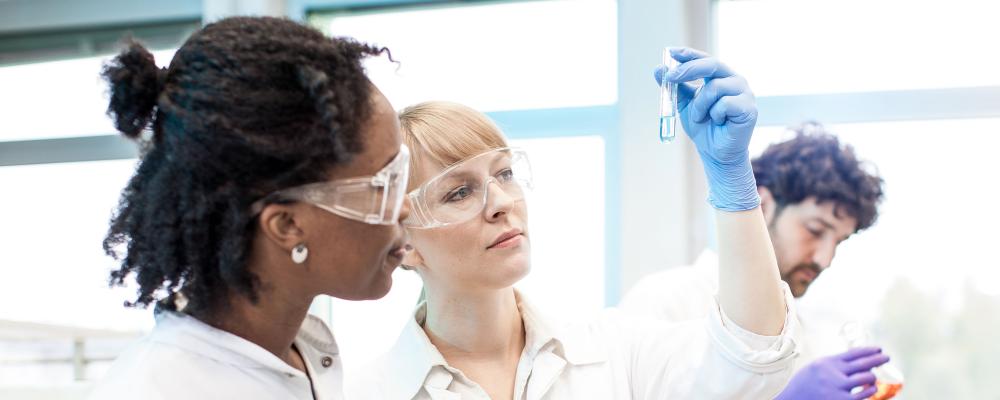Portal Our Laboratories

Salmonella and Listeria (SEL) unit of the Laboratory for Food Safety
Maisons-Alfort site
Head of Unit: Jean-Charles Leblanc
Deputy Head of Unit: Corinne Danan
The Salmonella and Listeria (SEL) unit carries out reference, surveillance and research activities focusing on these two major bacterial pathogens involved in foodborne human infections.
Reference activities
The unit performs reference activities on Listeria monocytogenes as part of its National (NRL) and European (EURL) Reference Laboratory mandates. It is the associate laboratory of the Salmonella NRL (Ploufragan-Plouzané-Niort Laboratory). The unit contributes to improving detection and typing tools and organises inter-laboratory proficiency tests (ILPTs) and training sessions for the implementation of methods under these mandates.
Surveillance activities
Data from the unit’s reference and research activities provide input for its surveillance work. The databases managed by the unit are regularly used in situations of alerts to help risk managers direct epidemiological investigations. The unit is involved in coordinating a network of almost 130 laboratories and participates in the design and implementation of computerised epidemiological tools contributing to the surveillance of Salmonella from farm to fork.
Expert appraisal activities
Some of the unit’s scientists are asked to participate in the expert committees of ANSES and the European Food Safety Authority (EFSA) or be involved in the work of standardisation bodies (AFNOR, CEN and ISO). Scientific and technical expertise is provided to the Directorate General for Food (DGAL) and the networks of partner laboratories that the unit coordinates. Moreover, the unit helps transfer knowledge to the public authorities and to agro-industrial technical institutes. Every year, numerous analyses are performed that include conventional and molecular serotyping and microbiological sequencing and analyses for the purposes of detection, characterisation and enumeration.
Research activities
The unit carries out research projects to characterise bacterial hazards in the food chain, in order to improve the control of food safety. This work focuses on several themes:
- the integration of genomic approaches for the characterisation of isolates;
- the structure of pathogenic bacterial populations in food;
- the development of more effective detection and typing methods;
- the detection of markers for the virulence, resistance and adaptation of pathogens in different environments;
- the implementation of source attribution studies.
Data from the unit’s reference and research activities provide input for its surveillance work. The databases managed by the unit are regularly used in situations of alerts to help risk managers direct epidemiological investigations. The unit is involved in coordinating a network of almost 130 laboratories and participates in the design and implementation of computerised epidemiological tools, thus contributing to the surveillance of non-human Salmonella from farm to fork.
The unit carries out its work in a cross-cutting manner with the laboratory and Agency's food safety units, departments and platforms. It establishes national and international partnerships for all its activities.
The Actia Fastypers Joint Technology Unit
The Actia Fastypers Joint Technology Unit (UMT) brings together teams from ANSES, INRAE and agro-industrial technical institutes (Actalia - dairy sector and the Institut du porc [IFIP]). Two ANSES teams are involved: the Salmonella & Listeria unit of the Food Safety Laboratory and the Antibiotics, biocides, residues & resistance unit of the Fougères laboratory.
The activities of the Actia Fastypers UMT are devoted to Listeria and Salmonella, two bacteria of animal origin responsible for diseases in humans and transmitted through food. One of the unit's objectives is to understand the mechanisms by which Listeria and Salmonella bacteria manage to adapt and persist in the external environment, including in food processing plants, and how certain strains are resistant to biocides. The second objective is to develop tools to characterise and detect these persistent bacterial strains, so that the cleaning and disinfection process can be adapted.